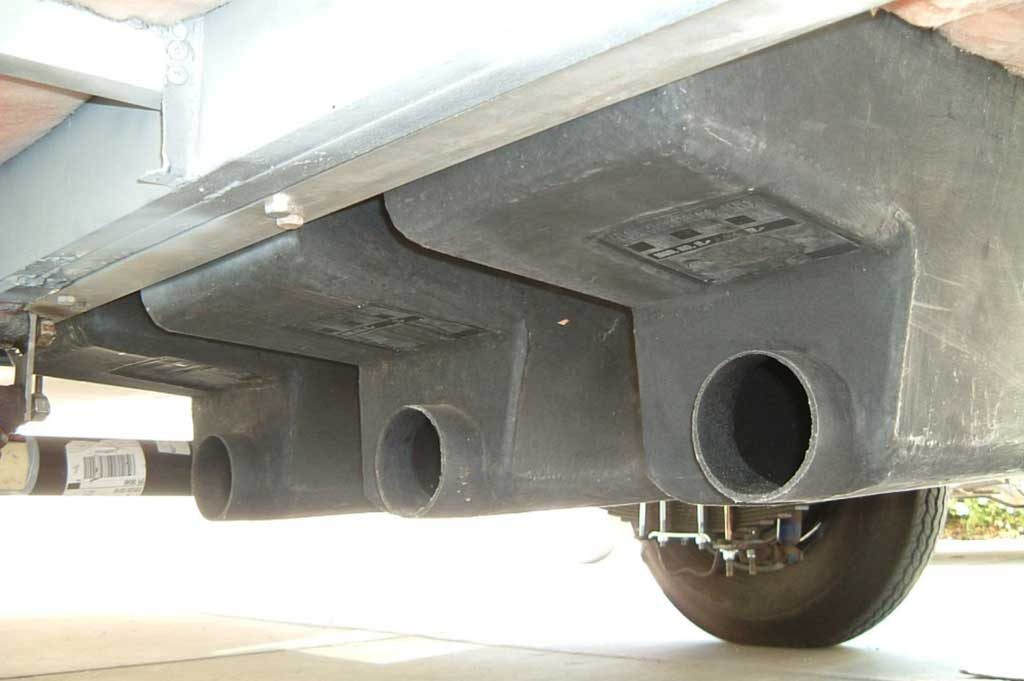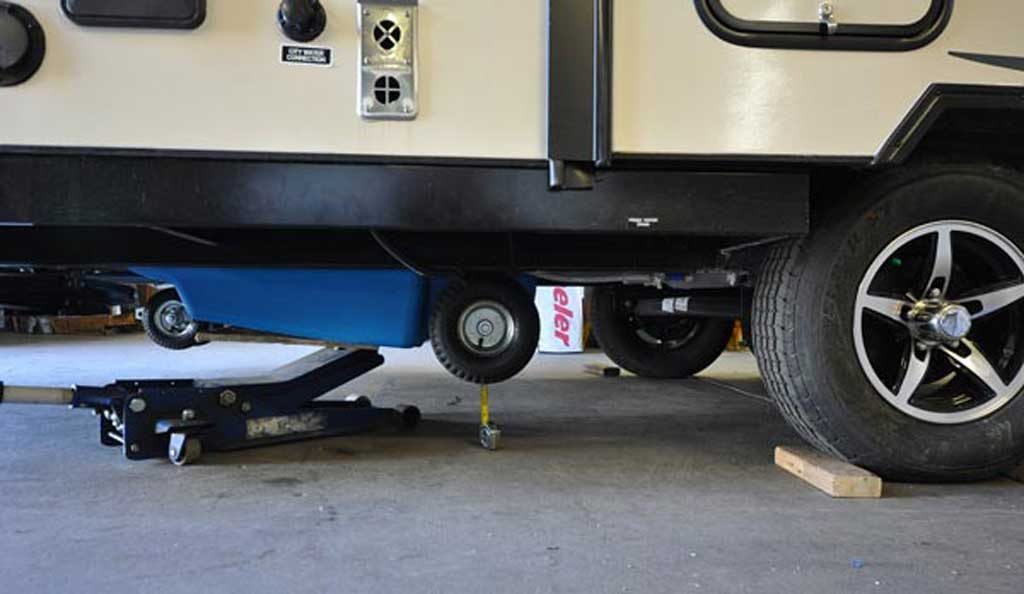Nowadays, RVs feature state-of-the-art amenities and upgrades to facilitate a comfortable journey and homely living. The availability of fresh water and sanitary systems are the necessities for long-term living in any place.
Therefore, long-haul RVs come with inbuilt water tanks and wastewater reservoirs. When you are preparing to live full-time or going for a long road trip, it’s essential to know the typical RV holding tank size.
Contents
What Is the Typical RV Holding Tank Size?
RVs have an elaborate plumbing system comprising distinct water storage and multiple wastewater holding tanks. Knowing the typical RV holding tank size is necessary before going out for a trip. It will directly interfere with your kitchen, shower, and bathroom usage capability on the road.
Camping vehicles come with digital or analog indicator panels to inform the owner about holding tank status. If the freshwater tank is empty or wastewater reservoirs are full, you need to stop at suitable rest stations for refilling and dumping of holding tanks.

Upon knowing the RV water tank size, you can empty the wastewater tank before starting the trip. It becomes easy to fill up the reservoir to the correct level when you know the RV holding tank capacity for freshwater.
There are different ways to know the exact capacity of water holding tanks, and these are as follows:
Look into the owner’s manual
The motorhome owner manual should indicate the RV holding tank size regarding the vehicle. You will also find the rated capacities for separate water-holding tanks of the RV.
Check the holding tank
You can also reach out to the holding tank area and open the covering panels. On the outer surface of the tanks, there should be printed information on it regarding their holding capacities.
Do an online search
It is also possible to do some online research if the above two options are not feasible. Several RV-related websites, manufacturer websites, forums, and other sources have databases of camper vehicle specifications. Try to search for the holding tank capacity information using the RV model name, production year, and manufacturer’s name.
Ask the dealer or previous owner
When purchasing a new or pre-owned motorhome, the dealer or the past owner will provide the information related to the query of how many gallons does an RV hold.
What Is the Capacity of Motorhome Reservoir?
Once you purchase a camping vehicle, for example, a Class A motorhome, there will be information about the number of holding tanks, the type of those reservoirs, and their maximum capacity. A typical number 93-85-80 expresses that the camper vehicle has a freshwater tank of 93 gallons, gray water reservoir of 85 gallons, and black water container of 80 gallons.
Most Class A motorhomes will have two tanks, each for gray and black water and one reservoir for freshwater. There are three types of dedicated holding tanks in other motorhomes, such as Class C and Class B, fifth wheels, and travel trailers, but the typical RV holding tank size is smaller than that of Class A motorhomes.
A camping vehicle owner needs to know about these three holding tanks’ specific functions to make RV living or travel a lot more comfortable and enjoyable.
A. The Fresh Water Tank
Generally, the freshwater tank would always be larger than the other tanks. The followings are general idea about the average holding tank size for freshwater:
- A Class A motorhome can store72 to 100 gallons of potable water.
- Fifth wheel type travel trailers can store freshwater in the range of 50 to 92 gallons.
- Class C RVs, which are in demand due to their compact size and comparable features to a Class A RV, come in various sizes. These vehicles have a freshwater storing capacity between 35 and 60 gallons.
- The smallest among these vehicles are camper vans and Class B RVs. These campers can store freshwater from 16 to 40 gallons. Some even may not have an integrated plumbing system at all.
B. The Gray Water Tank
Gray water tank’s volume depends on RV size and rated sleeping capacity. This reservoir holds wastewater from the kitchen sink, shower, and washbasin. The holding tank sizes for gray water are as follows:
- A Class A RV comes with a gray water tank capacity ranging from 40 to 65 gallons. Some manufacturers offer two gray water tanks of similar volume ratings.
- In fifth-wheel travel trailers, the gray water reservoir can store wastewater up to 93 gallons. But the normal range is between 28 and 78 gallons.
- Class C motorhomes feature gray tanks with a holding capacity of 31 to 91 gallons.
- Class B motorhomes or camping vans come with a gray tank of holding capacity between 8 and 35 gallons.

- Related: Best RV Portable Waste Tanks
C. The Black Water Tank
The RV black water tank size is usually smaller than the other two holding tanks. However, black water reservoirs can be filled up much earlier than the gray ones, depending on the toilet, flush, paper towels. Examples of the tank size for black water are:
- A fifth-wheel trailer with more sleeping capacity comes with a black tank in the range of 39 to 88 gallons.
- A Class A RV has a black water tank capacity of 31 to 51 gallons. Some manufacturers offer two black water tanks in luxurious motorhomes.
- Class C RVs are available in a wide range of sizes. Hence the volume of black water tank varies between 27 and 63 gallons.
- A Class B motorhome offers a black water tank in the range of 10 to 26 gallons. Some Class B or campervans may not have a black water tank.
Conclusion
The typical RV holding tank size depends directly on the motorhome size and sleeping capacity. Also, the volume of such reservoirs gets smaller depending on the holding tank.
When purchasing a replacement, always refer to the vehicle manual to know which tank will be compatible. Learning more about the holding tank size, volume, and maintenance schedule will make your RV living more enjoyable.
